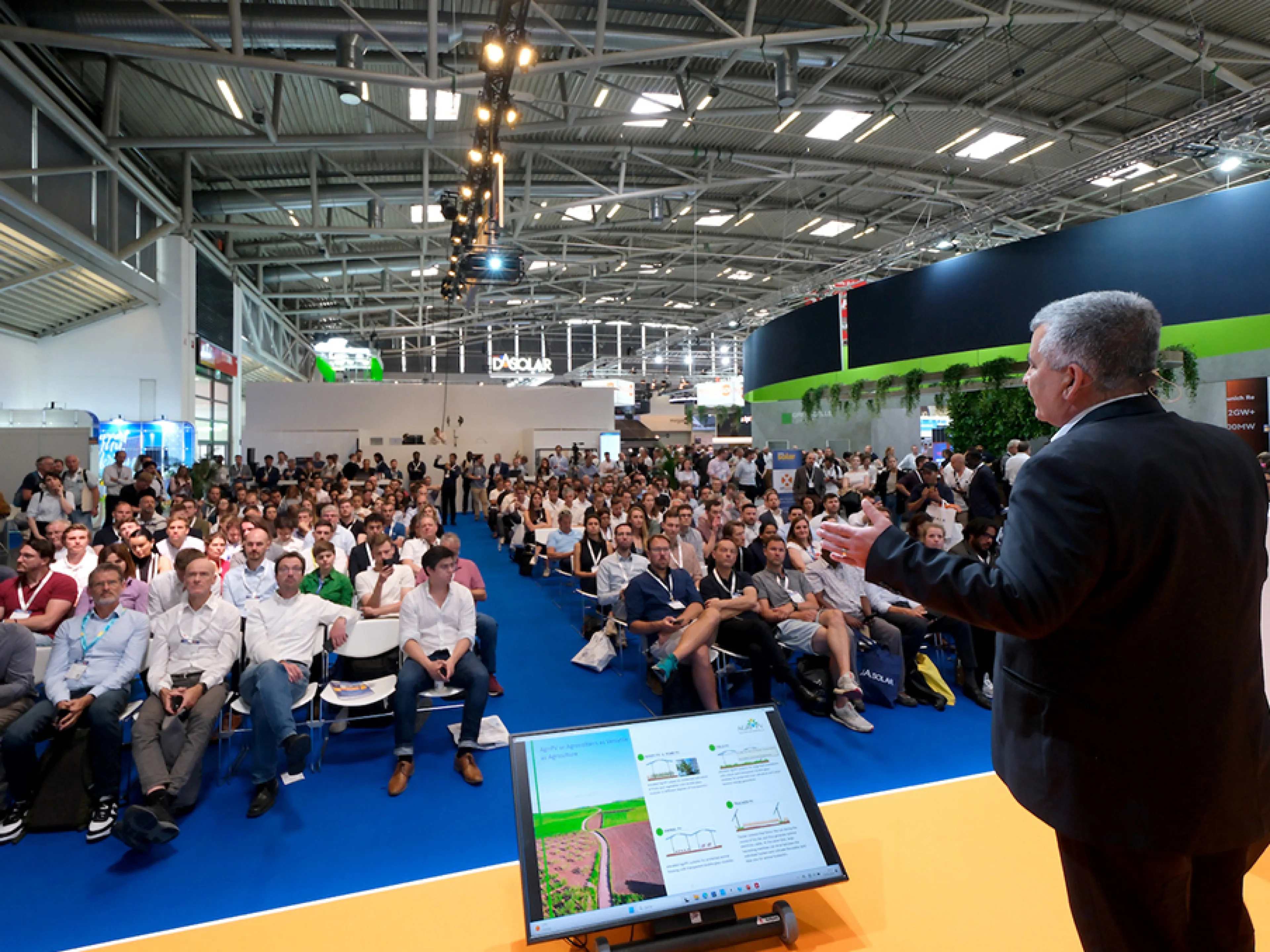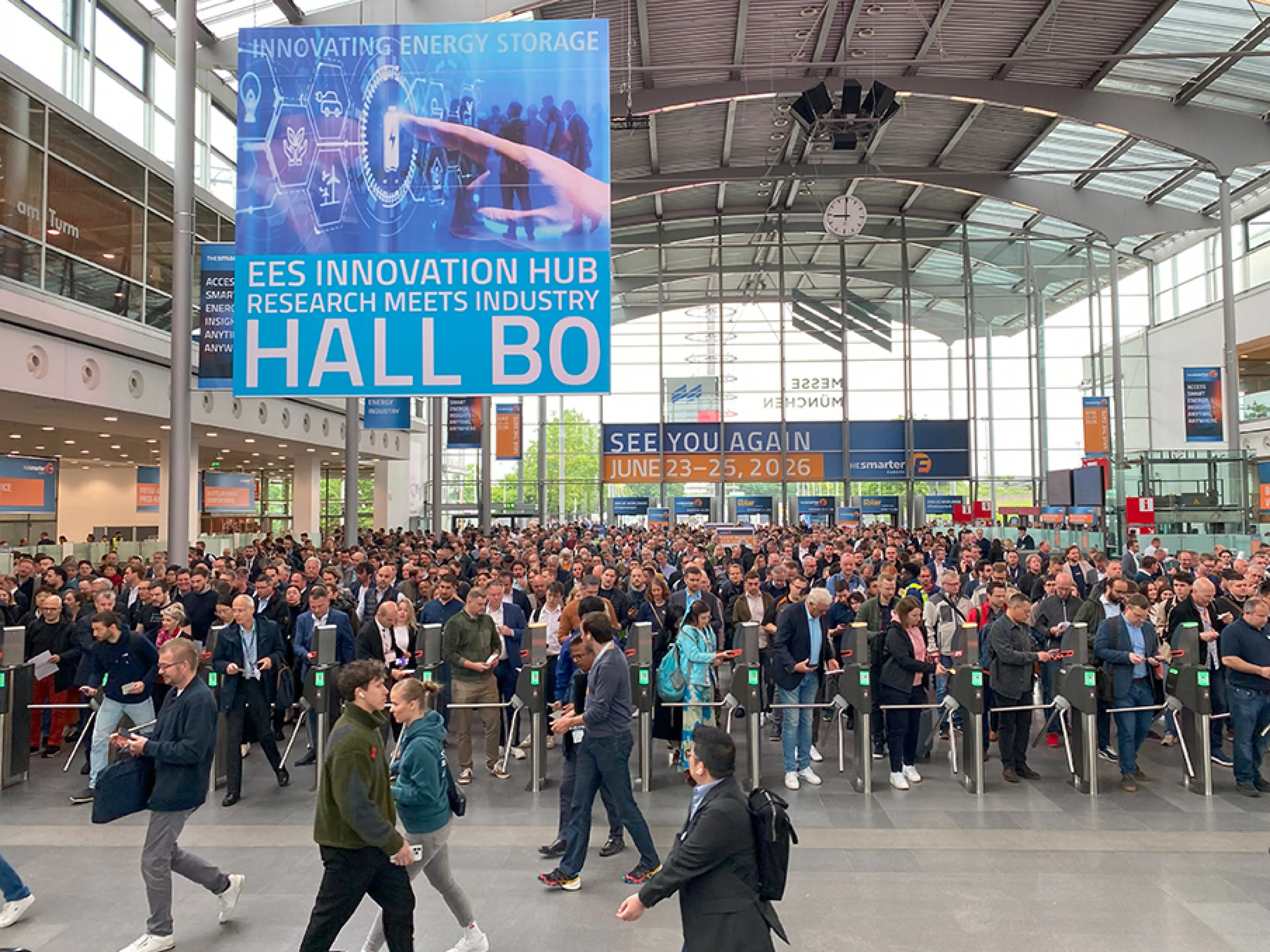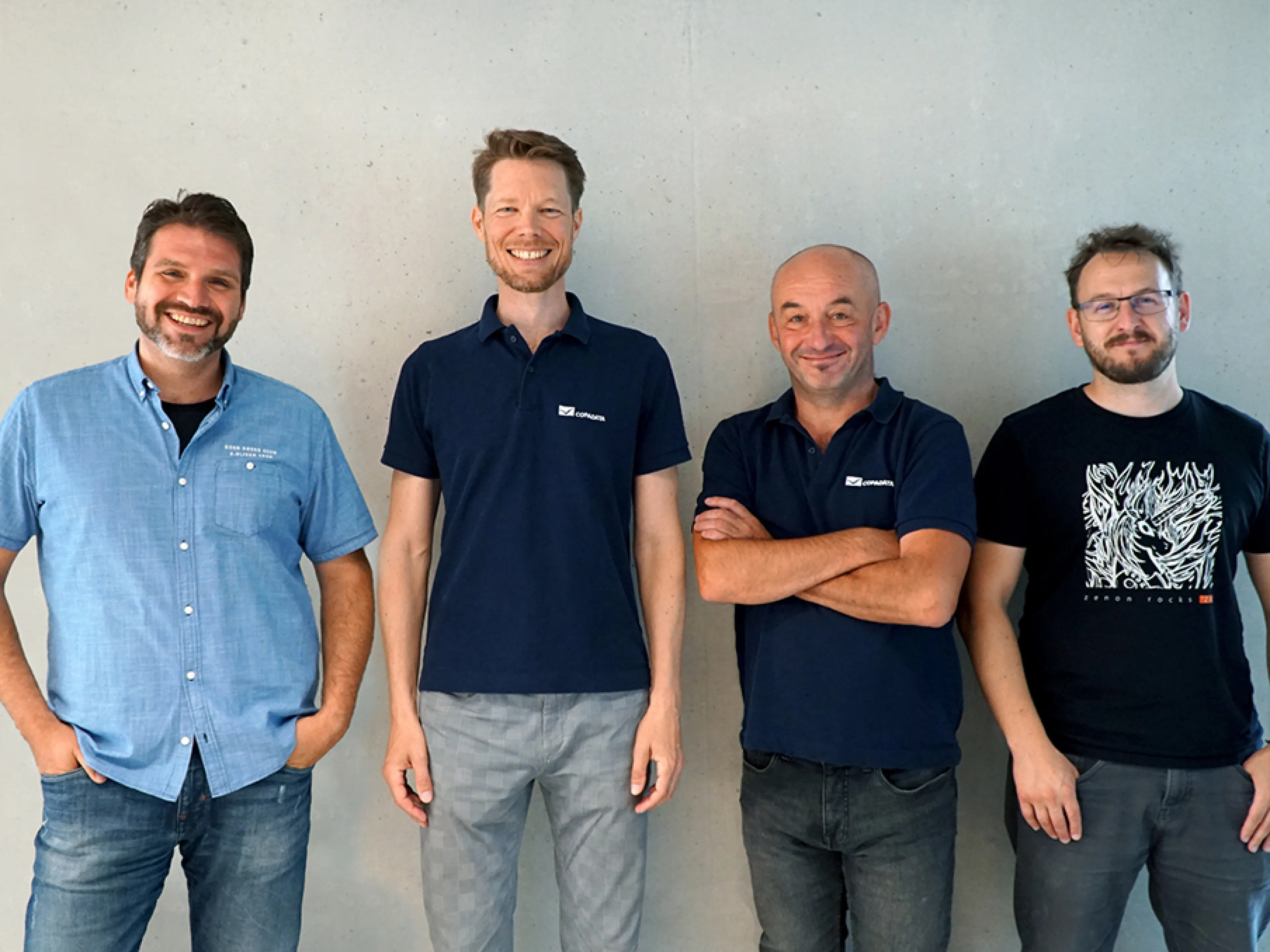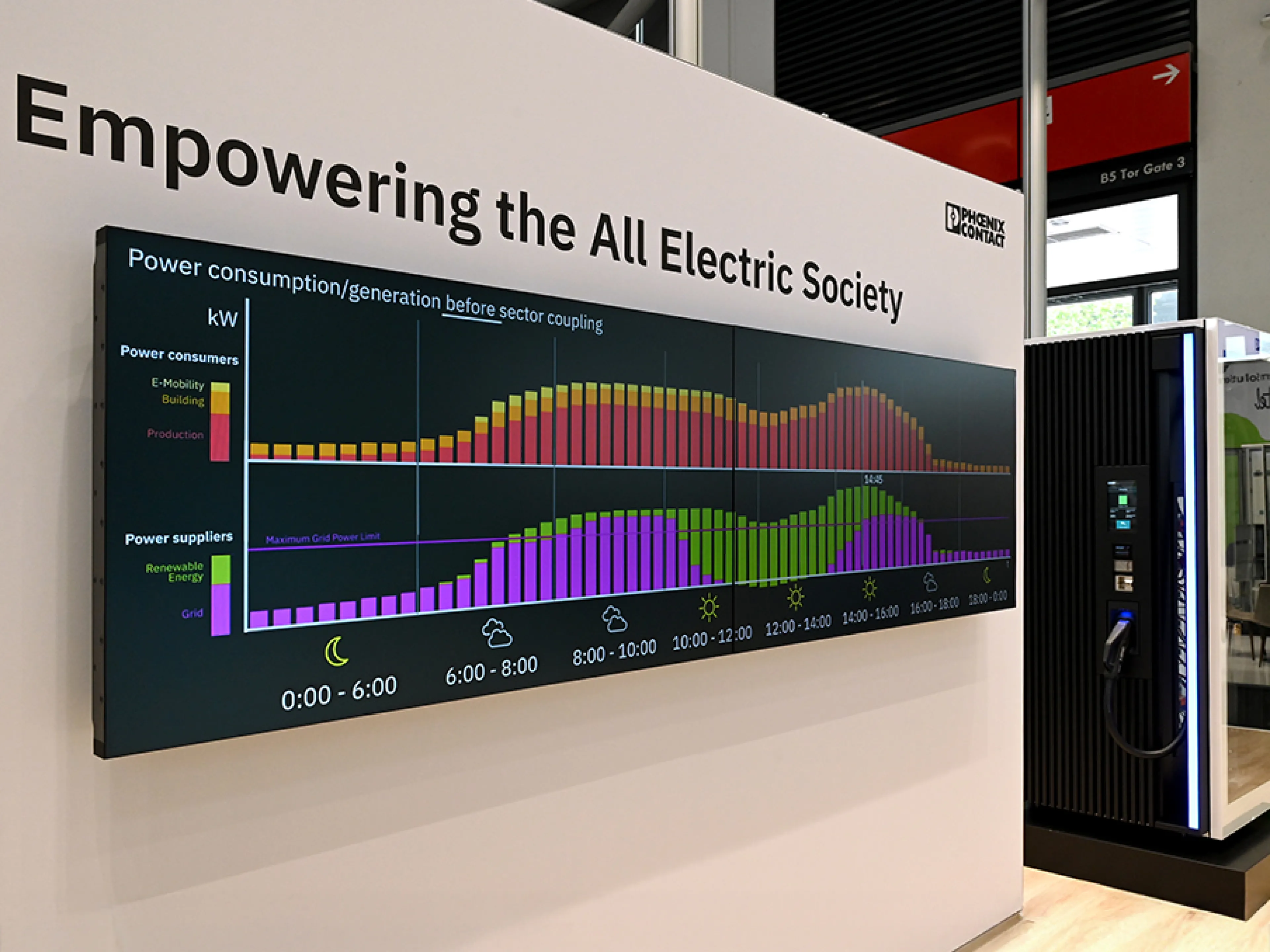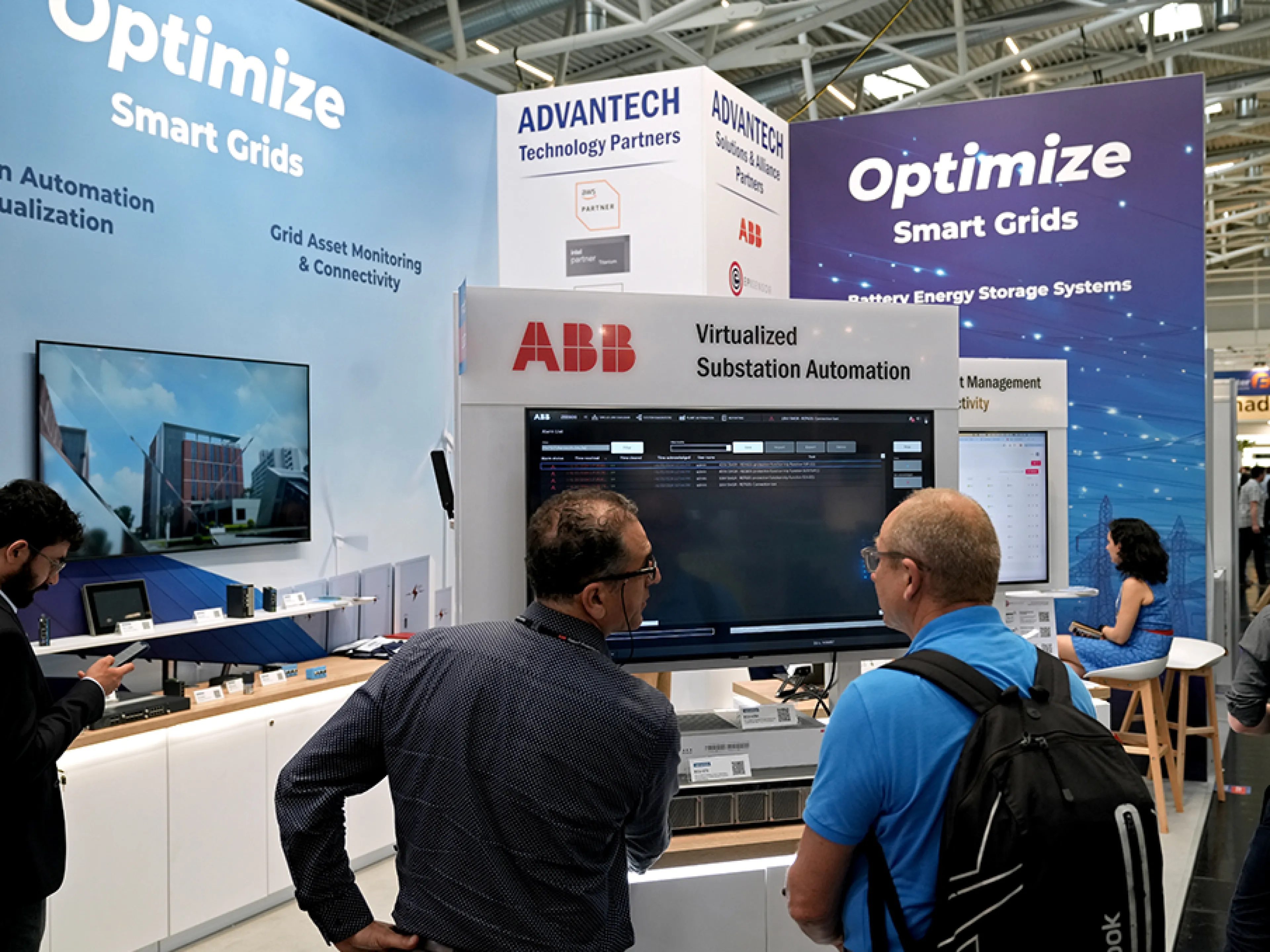
The energy transition is progressing, and with it, decentralized energy supply is gaining importance. In contrast to centralized power generation, where energy is produced in a few large power plants and distributed over long distances, decentralized systems generate energy close to the consumer. Photovoltaic or biogas plants and wind or combined heat and power plants are increasingly being installed in commercial areas, industrial facilities, and multi-party buildings. Their integration into intelligent energy distribution systems makes them key pillars of a sustainable and resilient energy future. At “The smarter E Europe 2025,” EAD-portal.de editor-in-chief Susanne Woggon spoke exclusively with Mark Zimpfer, Head of Market Management for Commercial Building Applications at Hager, about why decentralized and smart energy systems play such an important role in the transformation of energy supply.
Why decentralization is key
“The world is becoming increasingly sustainable. Decentralized energy generation systems such as photovoltaics and wind turbines are part of the solution,” explains Mark Zimpfer from Hager. The advantages of these systems are obvious: energy is generated where it is consumed. This increases self-sufficiency, reduces transport losses, and reduces dependence on the central grid.
“PV systems are also becoming increasingly important for commercial properties in industry. They are key to saving energy costs,” Zimpfer continues. On-site consumption is economically attractive for one reason: self-generated energy can be fed into the grid at low prices of currently around eight cents. Significantly higher prices are payable when buying back energy. On-site consumption also makes companies independent of the external electricity market. Another aspect is the reduction in the load on the power grid, as local consumption avoids the need to transmit electricity over long distances.
Energy systems become intelligent through monitoring and control
Intelligent energy systems are characterized by comprehensive measurement and control options. “Intelligent energy distribution starts with measuring and evaluating measured values,” describes Zimpfer. The aim is to use granular data collection to know how much energy is generated when and where, or where it is consumed. This data is fed into monitoring systems. Consumption data can be visualized using software. “In the next step, the software can help optimize this consumption and thus increase self-sufficiency. For example, when there is high solar radiation, the charging park can be favored with higher power supply or reduced when there is no sunlight,” explains Mark Zimpfer. Intelligent load management directs these flows in a sensible way.

Technological applications and practical relevance
The technologies available today range from intelligent switching and protection devices with integrated measurement technology to energy management systems and load management solutions for charging infrastructures. Mark Zimpfer reports on how these systems are used in practice, drawing on his experience with a company that operates gas stations with fast-charging stations. The task here was to collect supraregional consumption data from all over Germany. An energy management system was to be introduced for this purpose, as the operators were looking for ways to visualize all their consumption.
Zimpfer explains: “Consumption at fast charging stations is unevenly distributed throughout the day. Because the electricity is needed at short notice, the entire network infrastructure had to be renewed. In addition to the charging stations, new transformer stations were built. This business segment is currently booming. This requires measurement systems in energy distribution, including for data evaluation.”
Challenges at the distribution network level
Transformer stations in distribution grids must be upgraded and made more intelligent in order to cope with rising electricity consumption and decentralized feed-in. Reasons for this include the expansion of charging points and generally higher loads on the grid. In the future, energy suppliers and municipal utilities will need accurate information about the utilization of these stations in order to ensure grid stability. This is because local network stations are reaching their limits with the growing decentralized feed-in. “This existing infrastructure must be upgraded,” says Zimpfer. In addition to classic grid expansion, this involves retrofitting intelligence in transformer stations. “The credo here is to consume energy as close as possible to where it is generated.”
Regulation as an enabler for intelligent and decentralized energy systems
There are also regulatory changes afoot: “For example, the application rules VDE-AR-N 4105 and VDE-AR-N 4110 for feeding decentralized energy systems into the grid are being redefined,” explains Zimpfer. New thresholds and simplified approval processes will reduce costs and accelerate projects. However, too many requirements are still heterogeneous and make scaling difficult. “Standardization would certainly be good for the market,” Zimpfer believes. Simpler procedures, less approval effort, and clear technical standards are needed.

A look into the future for decentralized energy systems
Critical centralized energy supplies will remain indispensable in the future. However, Mark Zimpfer is certain that decentralization is the way forward and will continue to be promoted. “Decentralization is definitely the topic of the future,” Zimpfer affirms. “We want to reduce CO2 and become CO2-neutral by 2045.” The role of AI is currently still limited, but will increase: “In the future, AI could automatically control adjustable consumers, for example.”
Hager itself has a broad portfolio, ranging from charging points to energy distribution, energy monitoring, sub-distribution, and switches and sockets. At “The smarter E,” the company presented solutions for solar installers, electricians, switchgear manufacturers, specialist planners, and operators of decentralized energy systems. The idea is to take a holistic approach that starts with the transformer and extends to the individual socket. Services such as billing for tenant electricity, service concepts, planning tools, planning support, and collaborations, for example with the start-up “metergrid,” also play a role.
Internally, the company is also working to reduce its own CO2 emissions, for example through energy generation via PV systems. This also includes more sustainable product design and the electrification of the vehicle fleet. Hager is involved in this area with storage systems, energy management, and wall boxes. These range from charging points for private households to semi-public areas with MID-compliant meters and RFID cards, for example in companies, to charging park solutions with card readers and higher charging capacity.
Conclusion: Decentralized energy systems are the core of a sustainable energy supply
Intelligent, decentralized energy systems are more than just a trend. They are the core of a sustainable energy supply. They offer economic, regulatory, and ecological advantages for industry, specialist planning, and energy suppliers. However, in order for individual projects to become a scalable overall system, technology must be accompanied by the courage to simplify and make strategic investments.
